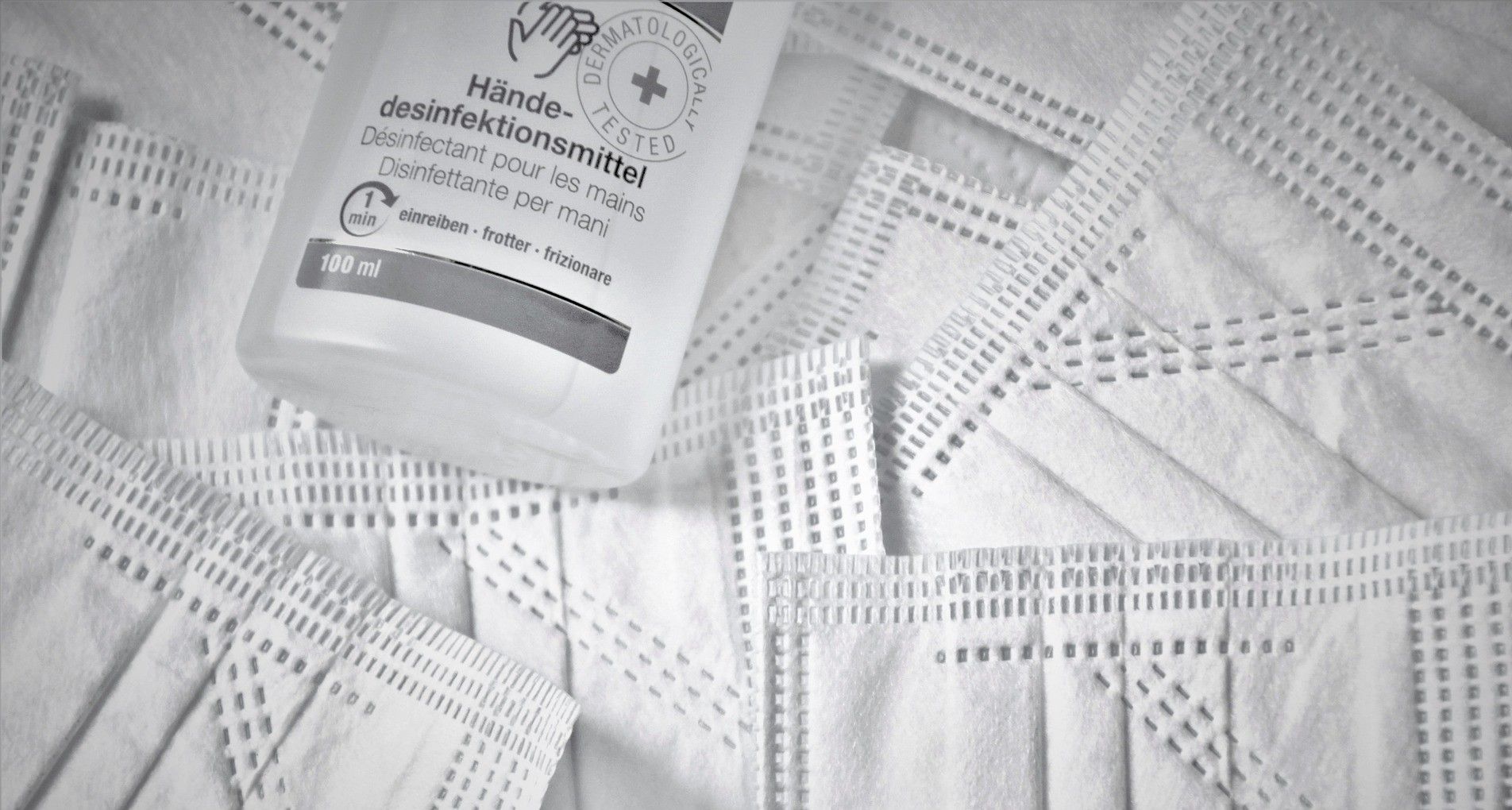Nanotechnology researchers have found a way to make textiles which kills viruses and bacteria on contact. With production of the new nanofabric soon to begin, it is a breakthrough which promises to be at the forefront of the fight against coronavirus.
The technology is so versatile that Nano Textile, the Israeli company behind the discovery, claims that it can be applied to a wide variety of synthetic and natural fibres. This means that it can be used as a means to keep airplane seats, restaurant tablecloths, butchers’ aprons, food handlers’ clothing, and numerous other materials germ and virus free.
However, the technology’s chief researcher, Prof. Aharon Gedanken from the Department of Chemistry at Bar-Ilan University, Israel, believes that the nanofabric would be most effective in hospitals and care homes.

“In a hospital setting,” the professor explains, “our technology can be used for inserting anti-bacterial characteristics to staff uniforms, patients’ pyjamas, linen, blankets and curtains, in order to significantly reduce morbidity and mortality and in parallel reduce hospitalization costs.”
The discovery is based on the use of sonochemistry, a method used to coat surfaces with nanoparticles. As the Times of Israel describes, “ZnO [zinc oxide] nanoparticles are formed in the solution via a sonochemical process and subsequently put on the textile’s surface. During the sonochemical process, molecules undergo a chemical reaction due to the application of powerful ultrasound radiation. Through the process the newly formed ZnO nanoparticles are thrown at the surface of the textiles at such a high speeds that they strongly adhere to the surfaces.”
The process is described in detail in the peer-reviewed journal Cellulose.
The nanoparticles used have been proven effective against antibiotic resistant bacteria such as Methicilin-resistant Staphylocossus aureus (MRSA), and as zinc oxide is colourless, the addition of the particles makes no change to the fabric's appearance.
Furthermore, the company claims that the fabrics can, “withstand up to 65 wash cycles at 92°C and up to 100 wash cycles at 75°C, far beyond the standard requirements of medical facilities, without losing their antibacterial properties.”
A similar technique has also been developed by Czech nanotechnology specialists, except it uses nanoparticles of copper, zinc, silver, gold, and cerium.
With patents already secured on the product, the firm AG CHEMI GROUP is now making preparations to begin production of its bacteria and virus destroying textile called NANO AB PC-22.

As the company’s founder and CEO, Igor Sevcenko, explains, “There are now fixed plans to open a NANO DEVELOPMENT CENTER in Kladno, Czechia by the end of 2020.” Adding that, “We are now looking for new, well-educated staff to join our team on nanoproduct manufacturing next year.”
This new nanotextile is also washable and durable and has already been proven effective at killing 850 different species of bacteria and virus. While tests are ongoing to discover its effectiveness against SARS-COV-2, the researchers are confident that it will play a key role in combating the spread of infections and make for a safer world.
Photo credit: mohamed Hassan from Pixabay, Freeimages, & pasja1000 from Pixabay